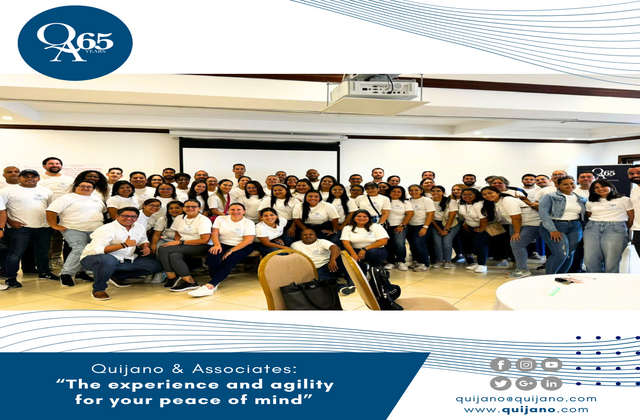Coins, Tokens, ICOs, and ITOs: An In-depth Guide to the Cryptocurrency Landscape

Understanding Cryptocurrency Coins
In the world of cryptocurrency, a coin represents a digital or virtual form of currency that utilizes cryptography for security. Coins operate independently from any central bank and possess their own separate, standalone blockchain. Some examples of coins are Bitcoin (BTC), Ethereum (ETH), and Litecoin (LTC).
These coins primarily function as a form of digital money, facilitating the purchase of goods and services. They’re also often held as an investment, with the expectation that their value will increase over time.
To clarify further, coins typically fall into two categories:
- Native Coins: These are coins that belong to their dedicated blockchain. Bitcoin on the Bitcoin blockchain and Ether on the Ethereum blockchain are notable examples.
- Forked Coins: These are derived from an existing blockchain through a process known as forking, which occurs when a blockchain splits into two paths. Bitcoin Cash (BCH), a derivative of Bitcoin, is a classic example.
Understanding Cryptocurrency Tokens
In contrast to coins, tokens are cryptocurrencies that operate on an existing blockchain, lacking a blockchain of their own. Tokens can represent a wide array of assets and are typically developed using the standard templates of an existing larger blockchain, like Ethereum’s ERC-20 or ERC-721 standards. Tokens can interact with decentralized applications (dApps) on their parent blockchain.
Tokens can be broadly categorized into:
- Utility Tokens: These tokens grant holders future access to a product or service. They are not meant to be investments.
- Security Tokens: These represent investment contracts, signifying legal ownership of a physical or digital asset such as real estate or company shares. Security tokens need to comply with federal securities and regulations.
Initial Coin Offerings (ICOs)
ICOs are the cryptocurrency equivalent of Initial Public Offerings (IPOs) in the traditional finance sector. They serve as fundraising tools for cryptocurrency startups. In an ICO, a company offers investors some units of a new cryptocurrency (typically in the form of tokens) in exchange for established cryptocurrencies like Bitcoin or Ethereum.
An ICO usually unfolds through several stages, including private sales, pre-sales, and public sales, each offering the ICO at different prices, generally escalating as the sale progresses. Renowned successful ICOs include Ethereum in 2014 and Filecoin in 2017.
However, not all ICOs have been successful. For example, the DAO ICO, launched in 2016, was hailed as the future of decentralized organizations but ended in disaster due to a major security flaw.
ICOs present both opportunities and risks. The Pros include early access to potentially valuable tokens and the opportunity to support innovative projects. The Cons include high volatility and the risk of scams or project failure. Additionally, market conditions such as a bearish crypto market can impact the immediate success of an ICO.
As per recent news, in the US, the Securities and Exchange Commission (SEC) frequently classifies ICOs as securities, necessitating compliance with federal securities laws. In Europe, the proposed Markets in Crypto-Assets (MiCA) regulation stipulates stringent requirements for crypto-asset issuers and service providers, including those offering ICOs.
Case Study: Ethereum ICO
In 2014, Ethereum launched an ICO to fund the development of its smart contract platform. The ICO sold ‘Ether’ tokens to investors, raising about $18 million. Ether tokens offered the utility of allowing developers to build and run applications on Ethereum’s platform. Today, Ethereum is second only to Bitcoin in terms of market capitalization, making its ICO one of the most successful in history.
Initial Token Offerings (ITOs)
ITOs are another fundraising strategy in which tokens, rather than coins, are issued. These tokens often confer some utility within the project’s ecosystem, such as access to services or voting rights.
ITOs bear resemblance to ICOs in structure, typically initiating with private sales to venture capitalists, followed by pre-sales to early supporters, and finally, a public sale. Notable examples of successful ITOs include Brave’s Basic Attention Token (BAT) and Golem.
Similar to ICOs, ITOs present both opportunities and risks. The Pros include the ability to fund projects without traditional venture capital and the potential for high returns. The Cons involve the risk of regulatory action, project failure, and market volatility.
In the US, if these tokens are classified as securities, they also fall under SEC regulations. Similarly, in Europe, they would need to comply with MiCA regulation.
Case Study: The DAO ITO
In 2016, The DAO (Decentralized Autonomous Organization) conducted an ITO, raising a staggering $150 million. The DAO token granted holders voting rights to decide which projects the organization would fund. However, due to a vulnerability in its code, a third of the funds were siphoned off by an attacker, leading to its downfall. This case underscores the risks associated with ITOs, emphasizing the need for extensive due diligence and security measures.
Conclusion
Coins, tokens, ICOs, and ITOs are revolutionizing the world of finance, offering the potential for decentralized, peer-to-peer economies. However, they also present regulatory challenges, necessitating careful navigation of complex legal landscapes. It’s vital for potential investors and participants to thoroughly research these offerings, understand the risks, and seek legal advice if necessary.
For further reading, you can check the whitepaper of Ethereum ICO and MiCA regulations.
Expert Tip: Always do your due diligence before investing in ICOs or ITOs. Look for transparency in terms of the team, the project’s vision, and how funds will be used.




